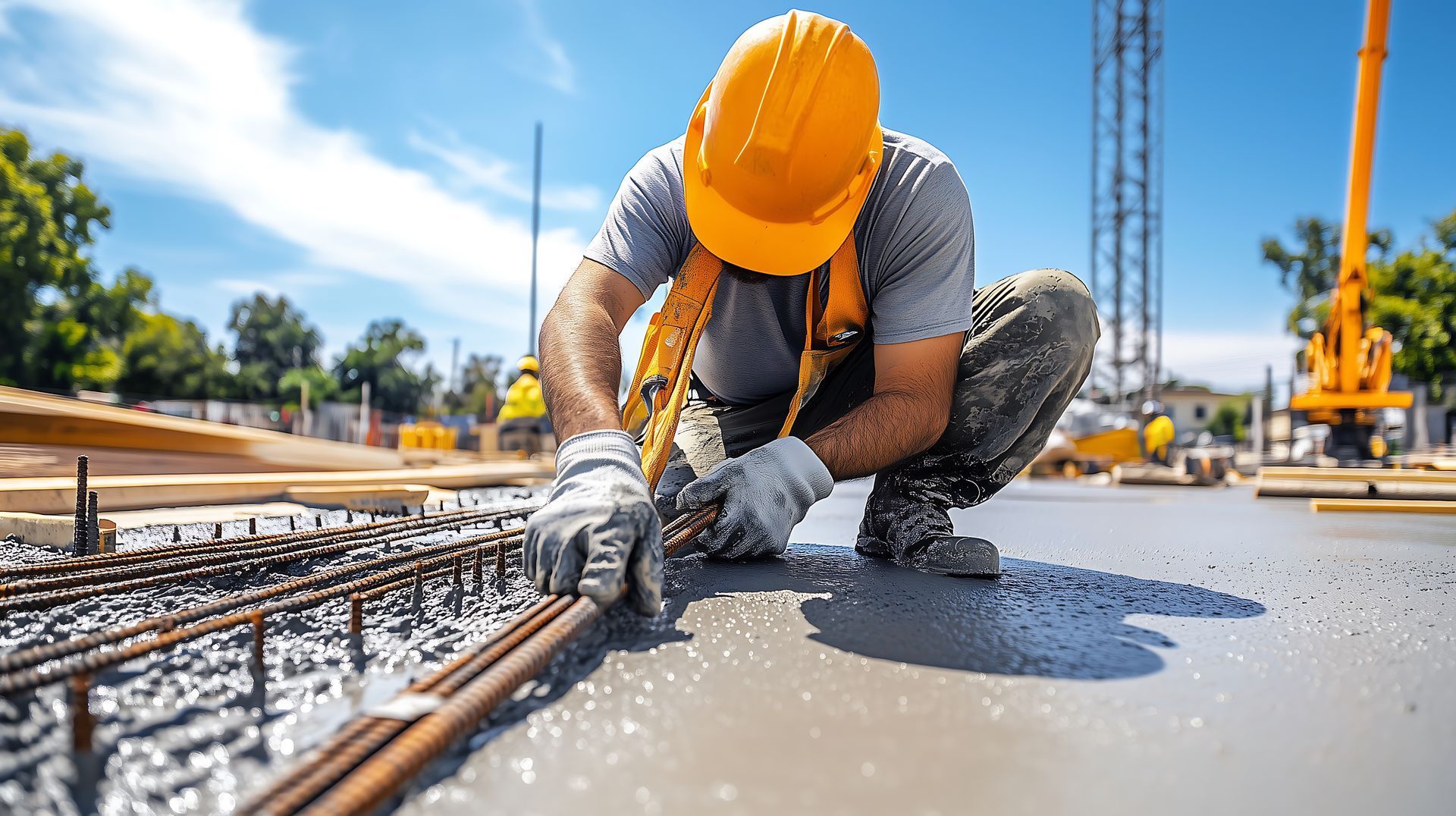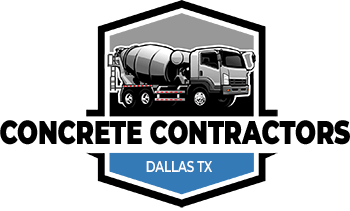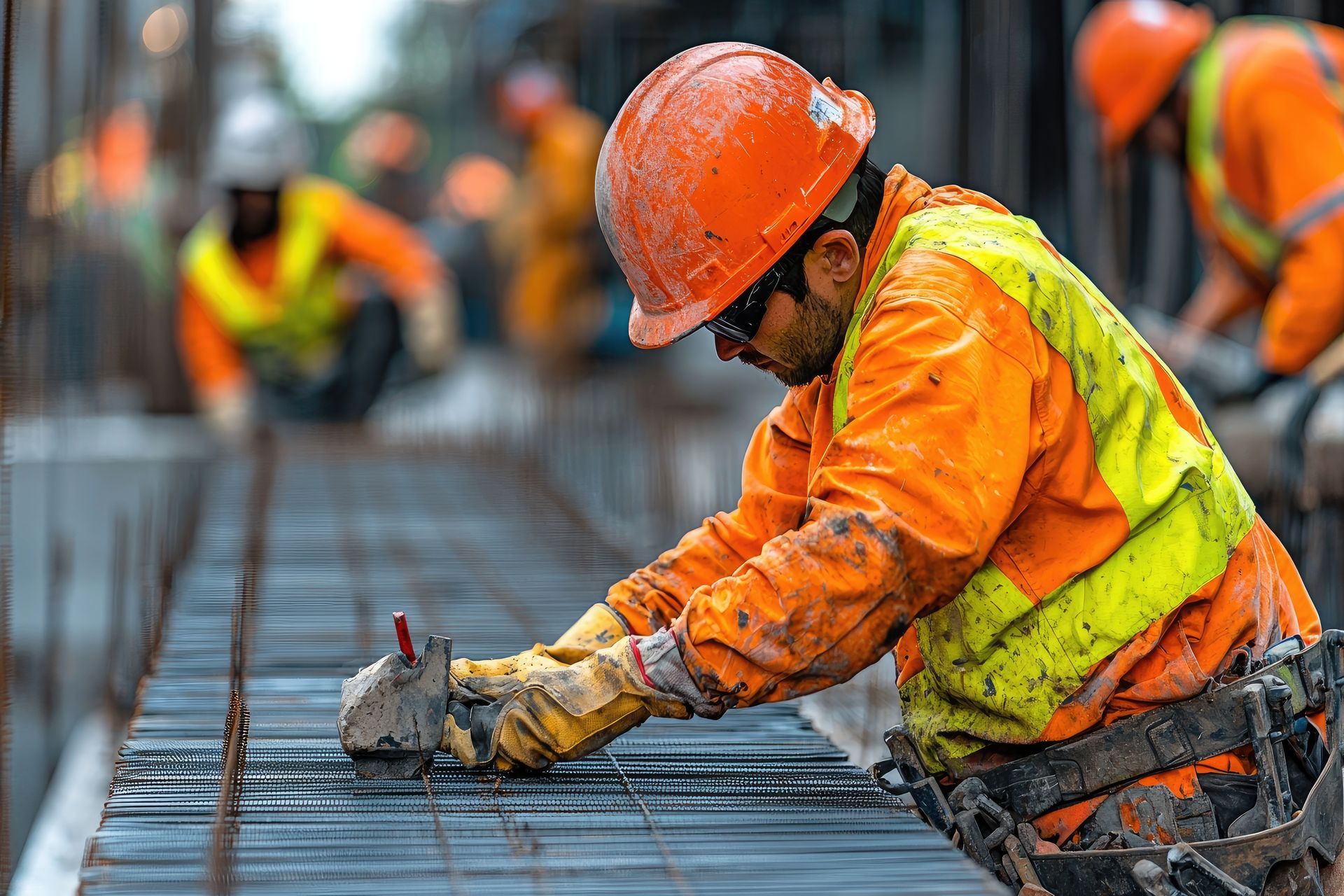The Pros and Cons of Different Concrete Repair Methods

Concrete is renowned for its durability, but even the sturdiest structures face wear and tear over time. Whether dealing with cracks, uneven surfaces, or more severe damage, choosing the right repair method is crucial. For those in need of concrete repair Dallas, understanding the benefits and limitations of each approach ensures you make the best decision for your property. This guide breaks down the most popular repair techniques, highlighting their strengths and drawbacks to help you choose the right solution.
Resurfacing: Ideal for Aesthetic Updates or Minor Wear
1. Pros
- Enhances Visual Appeal: Resurfacing applies a thin layer of new material to rejuvenate worn or damaged concrete surfaces. This method is perfect for driveways, patios, and walkways with superficial issues, such as discoloration or shallow cracks. It also offers opportunities for decorative finishes, enhancing both the functionality and aesthetics of the surface.
- Budget-Friendly Solution: Compared to full replacement, resurfacing is an economical choice that saves both time and money. Property owners can restore the appearance of their concrete without the significant costs associated with removing and reinstalling the entire slab.
2. Cons
- Limited to Surface Damage: Resurfacing is best suited for superficial imperfections and cannot address structural issues. If the damage extends below the surface, this method may not provide a lasting solution and could require more extensive repairs later.
- Durability Concerns: While resurfacing can extend the life of a concrete surface, it may not withstand heavy traffic or extreme weather conditions as effectively as new concrete. Regular maintenance may be required to preserve its integrity over time.
Patching: Best for Localized Cracks or Small Holes
1. Pros
- Quick and Simple Repair: Patching involves filling small cracks or holes with a specialized mix or filler, offering a fast and straightforward fix. This method is ideal for minor repairs, and in most cases, it can be completed within a single day, minimizing disruptions.
- Prevents Further Deterioration: Sealing cracks early through patching helps prevent them from spreading or worsening. By addressing the issue promptly, property owners can avoid more significant and costly repairs down the line.
2. Cons
- Limited Aesthetic Appeal: Although effective, patches may be visible and can detract from the overall appearance of the concrete surface. For areas where aesthetics are important, such as entryways, patching may not be the most appealing option.
- Short-Term Fix for Structural Issues: Patching is a surface-level repair that does not address underlying structural problems. If the root cause of the damage is not resolved, the issue may reoccur, requiring additional attention.
Slabjacking: Lifting and Leveling Sunken Concrete
1. Pros
- Restores Functionality: Slabjacking, also known as mudjacking, involves injecting a grout mixture beneath the slab to lift it back to its original position. This method is ideal for sunken driveways, sidewalks, and garage floors, restoring usability and safety.
- Cost-Effective Alternative to Replacement: Slabjacking is significantly less expensive than replacing an entire slab. It provides a practical solution for addressing uneven surfaces caused by soil movement or settling without incurring high costs.
2. Cons
- Not Suitable for Severe Damage: This method is effective for lifting sunken concrete but does not repair cracks or other structural issues within the slab. Additional repairs may be necessary to fully restore the surface.
- Potential for Recurring Problems: In areas with unstable soil, slabjacking may only provide a temporary fix. If the soil continues to shift, the concrete could sink again, requiring further intervention in the future.
Epoxy Injection: Sealing Structural Cracks for Stability
1. Pros
- Strengthens the Structure: Epoxy injection is a technique used to fill and bond cracks in concrete, restoring its structural integrity. This method is highly effective for repairing foundations, bridges, and other load-bearing structures, ensuring long-term stability.
- Prevents Moisture Damage: Sealing cracks with epoxy prevents water from entering and causing further damage. This is particularly important for concrete exposed to moisture, as water infiltration can lead to erosion, freeze-thaw cycles, and additional deterioration.
2. Cons
- Requires Professional Expertise: Epoxy injection is a specialized process that requires experienced professionals to execute correctly. Improper application can result in ineffective repairs or exacerbate the problem.
- Limited to Narrow Cracks: This method is best suited for narrow cracks and may not be effective for larger gaps or areas with extensive deterioration. In such cases, alternative repair methods may be required. Are you unaware of the common problems that come with concrete, read “Common Concrete Issues: Concrete Repair Services.”
Replacement: When Repair Is No Longer Viable
1. Pros
- Long-Term Solution: When the damage is too severe for repair, replacement provides a fresh start. This method eliminates all existing issues, ensuring a durable and reliable surface that can withstand heavy use and adverse conditions.
- Customization Opportunities: Replacement allows for complete redesigns, including new layouts or decorative finishes. This is an excellent opportunity to enhance the functionality and visual appeal of the area.
2. Cons
- High Cost: Replacing concrete is the most expensive option due to the labor and materials involved. It’s typically reserved for cases where other repair methods are no longer effective or feasible.
- Time-Consuming Process: Replacement takes longer than other repair methods, requiring careful planning and execution. This can cause temporary disruptions, particularly for high-traffic areas or essential spaces.
Conclusion
Choosing the right concrete repair method depends on the type and severity of the damage, as well as your budget and long-term goals. Resurfacing and patching are ideal for minor issues while slabjacking and epoxy injection address more specific problems. For extensive damage, replacement offers a fresh start. For reliable concrete repair in Dallas, consult experienced professionals, such as Dynasty Concrete Contractors Of Dallas, who can recommend the best solution for your unique needs.
Don’t let damaged concrete compromise the safety or appearance of your property.
Dynasty Concrete Contractors Of Dallas specializes in expert repair solutions tailored to your needs. Whether it’s resurfacing, slabjacking, or complete replacement, our skilled team ensures quality results that last.
Contact our team today to schedule a consultation and bring your concrete back to life. Experience exceptional service and craftsmanship with Dynasty Concrete Contractors Of Dallas.




